SUMMARY
This is AI generated summarization, which may have errors. For context, always refer to the full article.
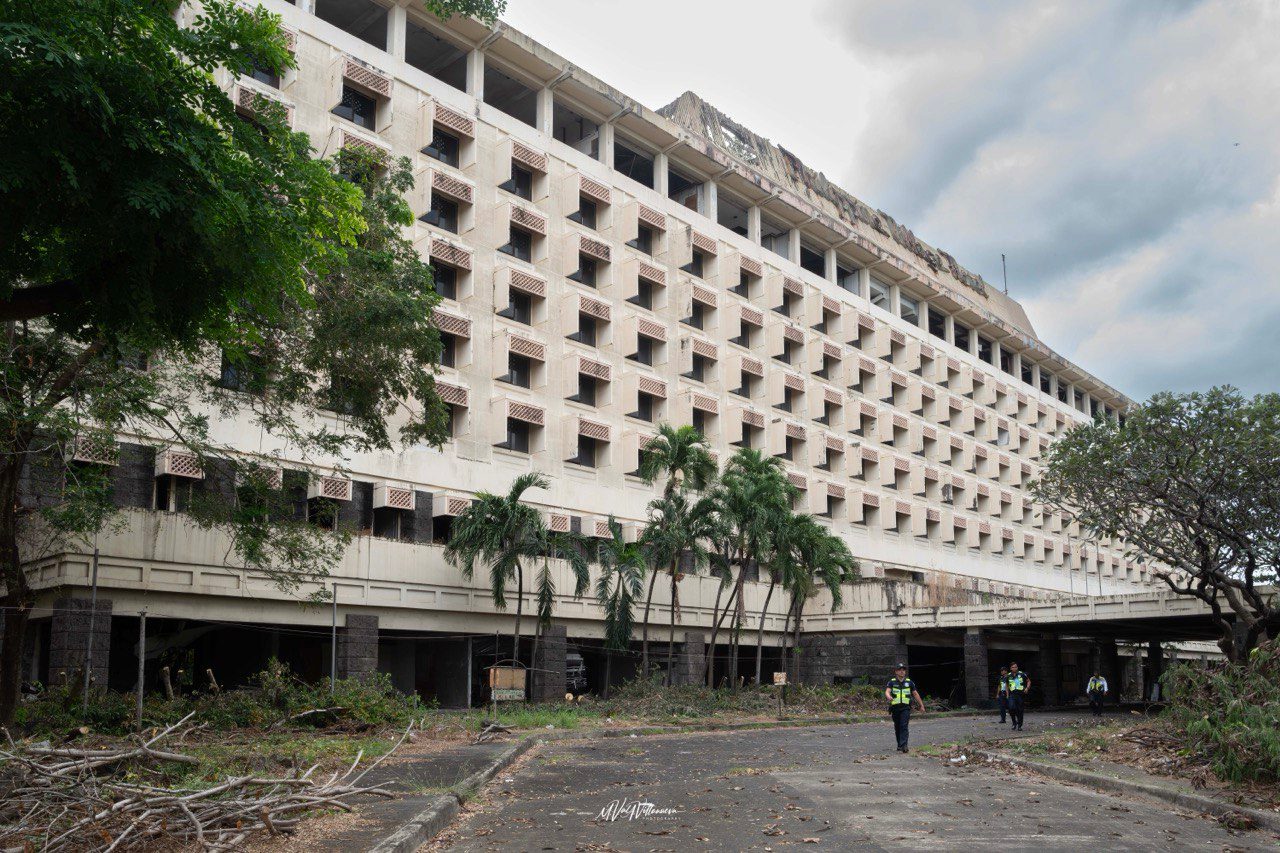
MANILA, Philippines – The abandoned Philippine Village Hotel, once said to be a safety and security risk, is poised to become part of an expanded Terminal 2 once the Ninoy Aquino International Airport (NAIA) is privatized.
Rappler toured parts of the rundown hotel, which was recently repossessed by the government in an operation backed by dozens of airport police and K9 units.

Decades ago, the Philippine Village Hotel (PVH) once stood as a premiere destination, located right beside Terminal 2. For a time, it even served as a terminal for passengers flying with Grand Air, the airline owned by the Panlilio family, who were also the operators of the hotel.
Now, its lobby lay in ruin, its pillars and ceiling a skeleton of what they once were. The structure, left to rot since 2001, is no longer deemed safe to enter. Broken glass litter the floor while the wooden ceiling is in various stages of decay.

But the broken building may just give way to a better airport. After more than two decades of legal battles, the government has gained possession of the property. While the Manila International Airport Authority (MIAA) – the agency overseeing NAIA – has owned the land for years, the PVH remained occupied by shadowy private entities.
“Land has never been contested. The land has been under MIAA since 2012. It’s just the improvements na may claim ang Nayong Pilipino, may claim din ang GSIS (that have claims with Nayong Pilipino and the Government Service Insurance System),” MIAA officer-in-charge Bryan Co told Rappler.
By virtue of Executive Order No. 58 in 2011, more than 22 hectares of land were transferred from the Nayong Pilipino Foundation to MIAA for “the expansion of Terminal 2 to the north and the development of the New International Cargo Terminal Facility to support the operation of Terminal 3.”
This include the land on which the Philippine Village Hotel sits, as it’s situated right beside Terminal 2.
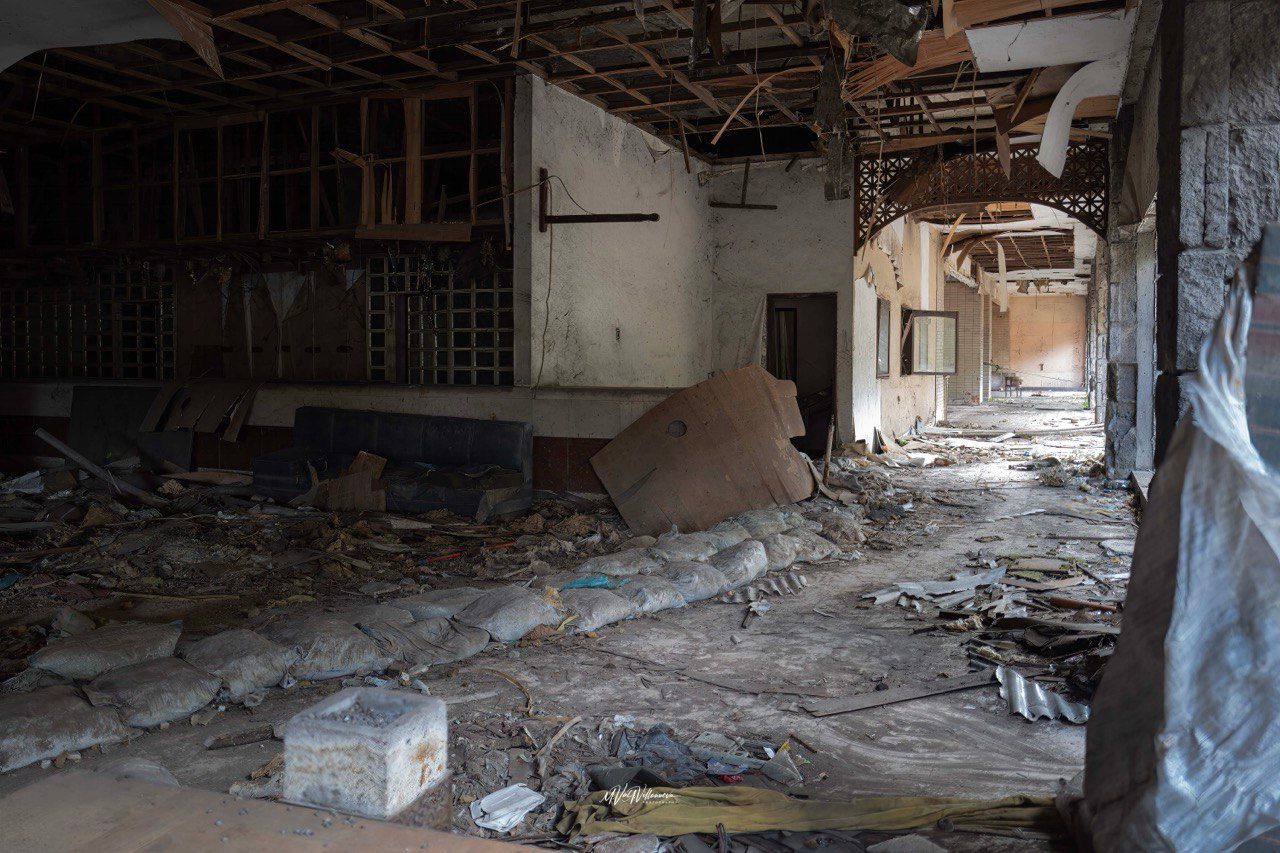
“That’s what we’re resolving, for them to be able to give us free access,” he added in a mix of English and Filipino. “In short, unrestricted use of the property so that if we have to demolish it, we can demolish it.”
Based on discussions with Nayong Pilipino and GSIS, the obligations to them could either be written off or partially settled using the proceeds from demolishing the structure.
That may be the first step of eventually using the land to expand Terminal 2 under NAIA’s privatization and rehabilitation program.
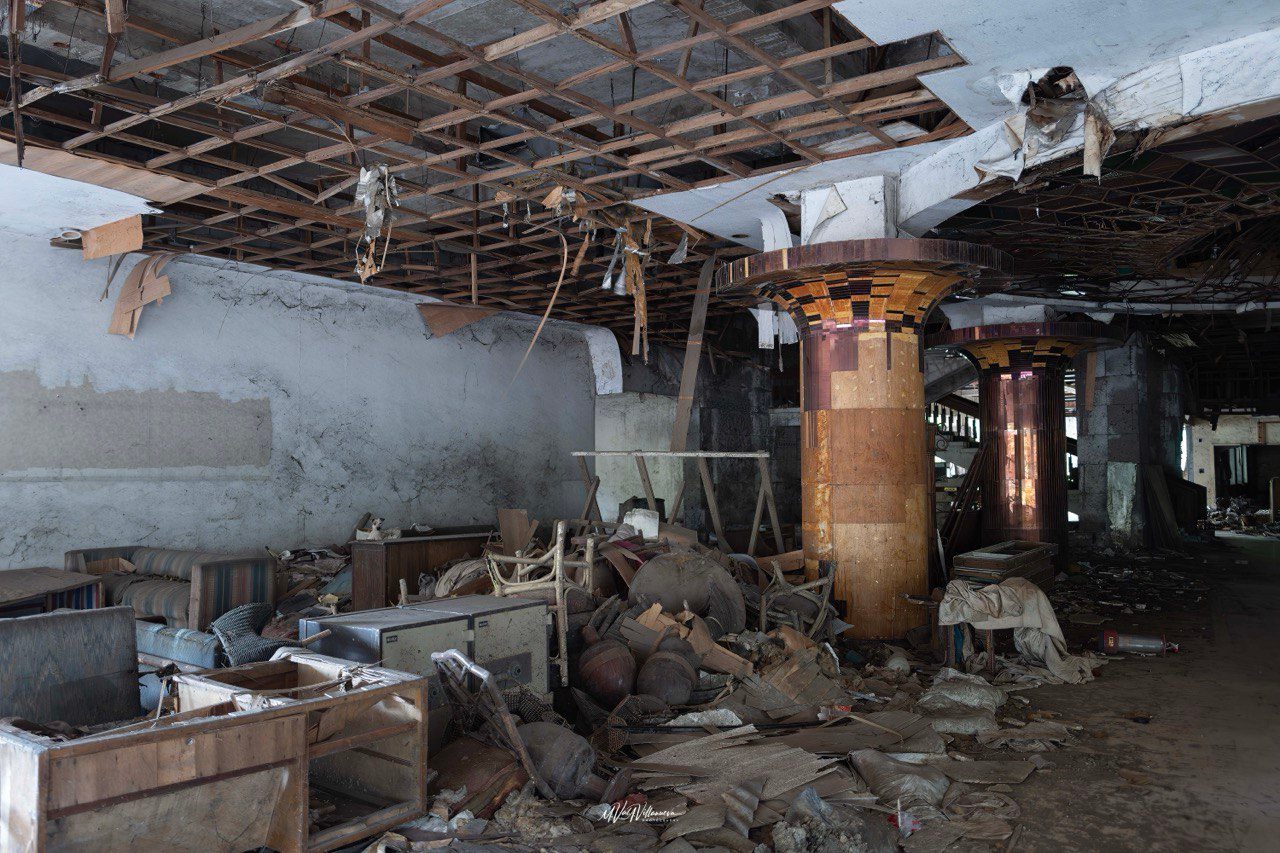
“The timeline is before we transfer this, the property must be free from any claims,” Co told Rappler during a visit to the PVH. “Demolishing is the responsibility of the private proponent of the PPP (private-public partnership).”
The government is entertaining bids from the private sector to elevate the country’s ailing international airport to global standards, with a focus on improving the processing time for passengers and upgrading infrastructure. So far, eight parties have bought bid documents. (READ: FAST FACTS: Who’s bidding for the NAIA rehab project?)
Co previously told Rappler that PVH’s unresolved status could be a “stumbling block” for NAIA’s privatization. Any expansion to be done by the private concessionaire, he said, will have to remove the PVH so that Terminal 2 can be expanded “contiguously” rather than building a separate Terminal 5 elsewhere.
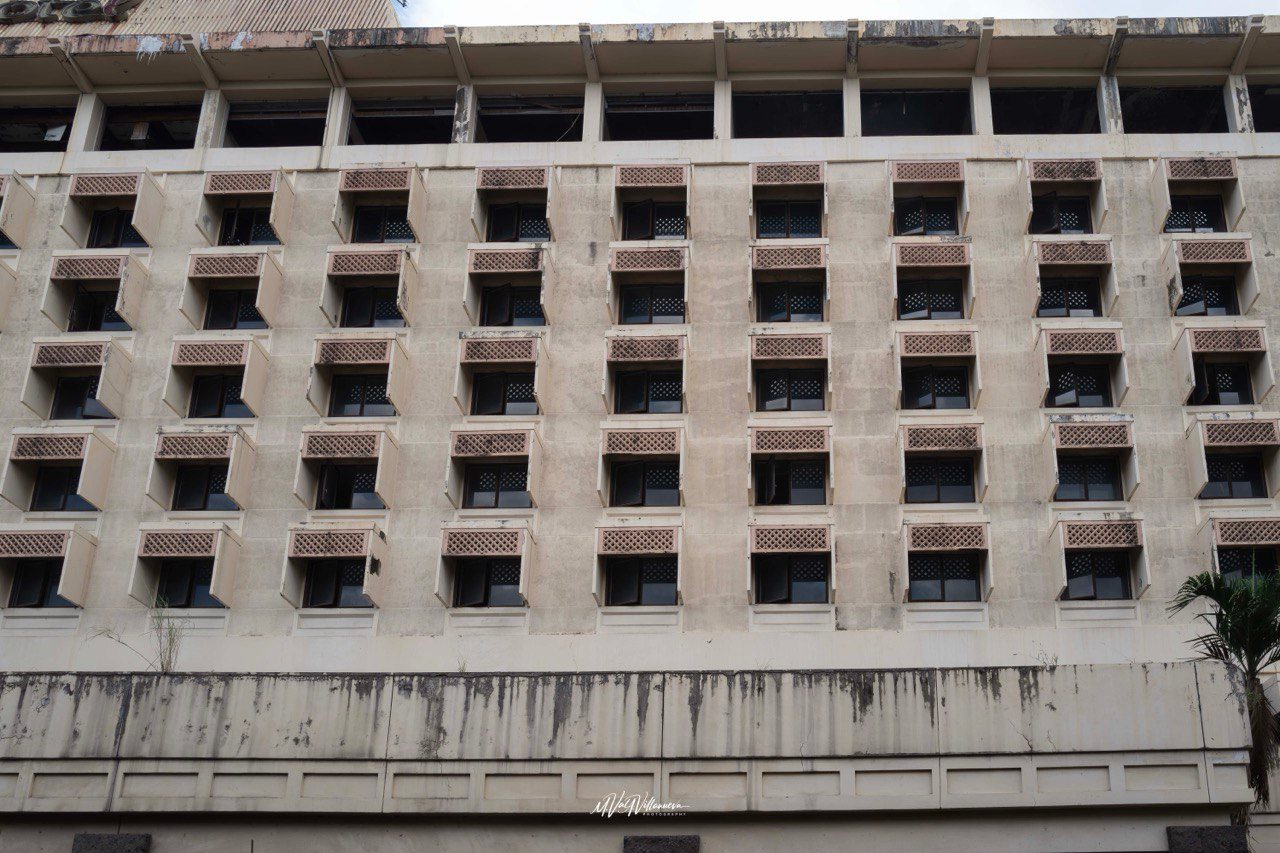
“We have to make the land available for a private proponent to expand. As to the design, we will not specify. What we will specify in terms of references, as well as the standards that we will do with the private proponent, is more of what are the capacities that we want,” MIAA’s officer-in-charge told Rappler.
Now, if all goes according to plan, a winning bidder for NAIA’s rehabilitation program could be announced by early 2024 – and with that, a new future for PVH’s forgotten past. – Rappler.com
Add a comment
How does this make you feel?


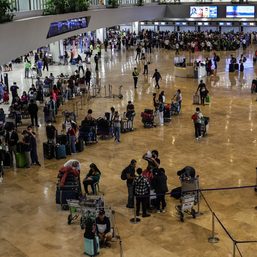


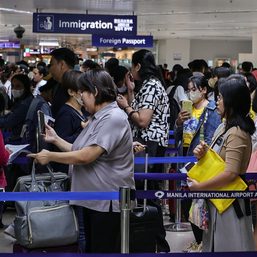
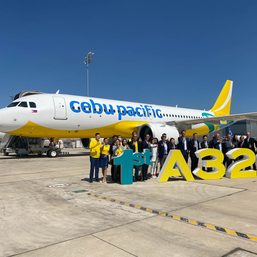
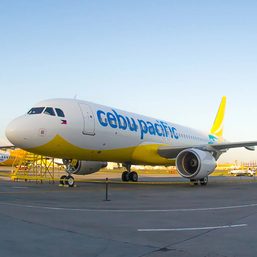






There are no comments yet. Add your comment to start the conversation.